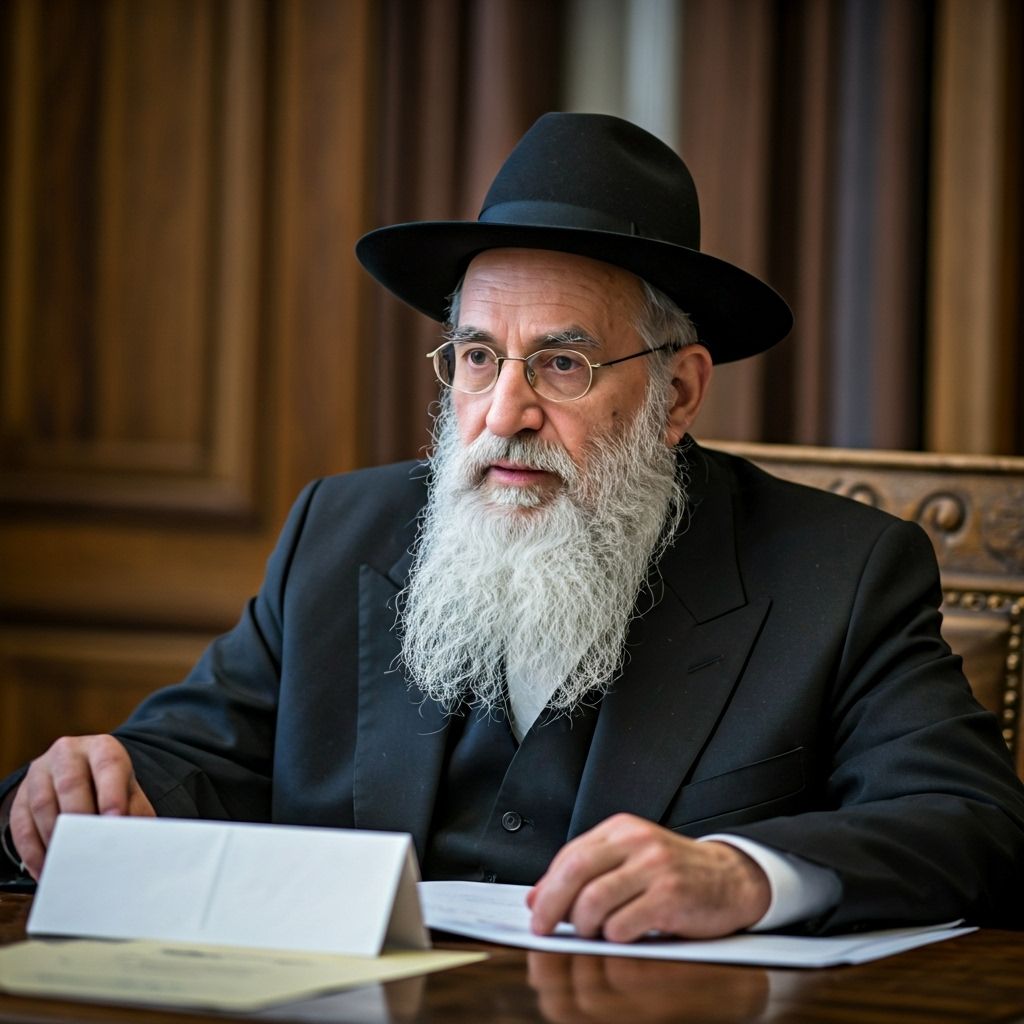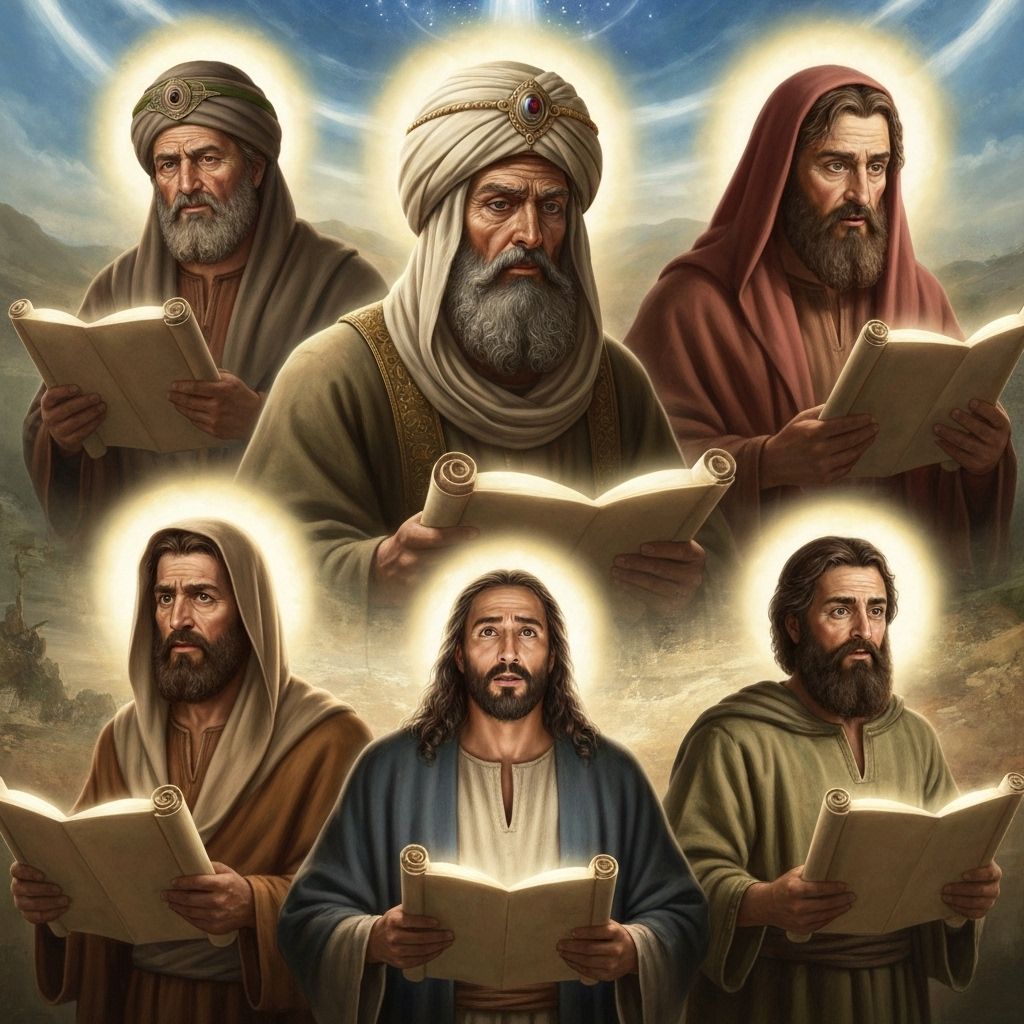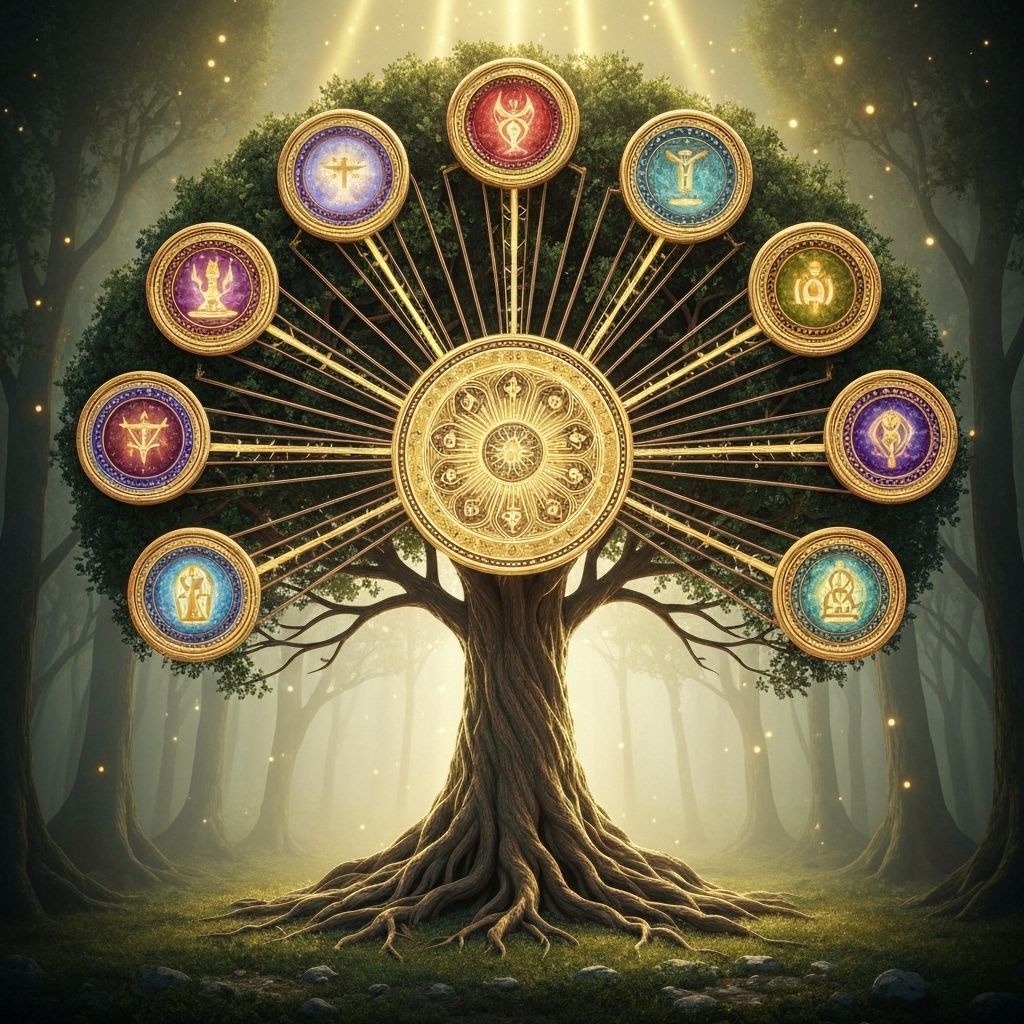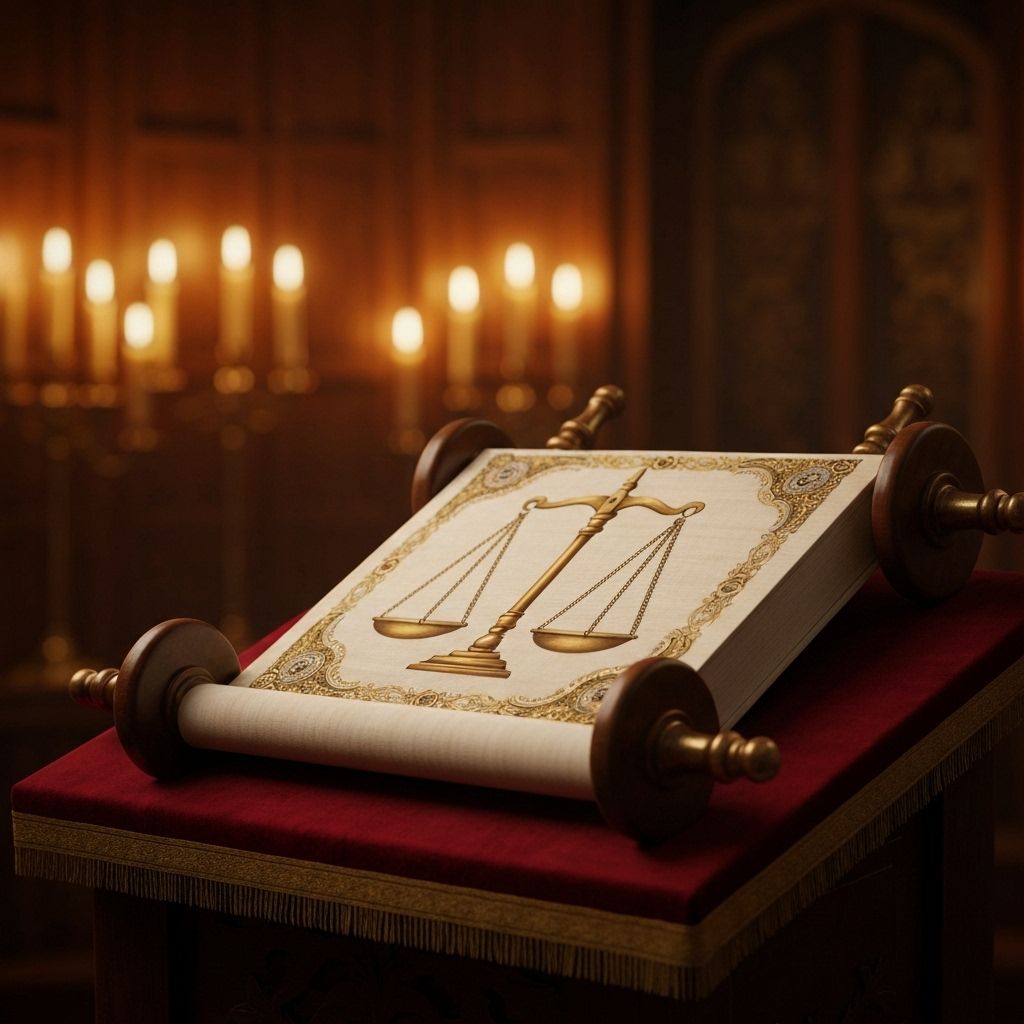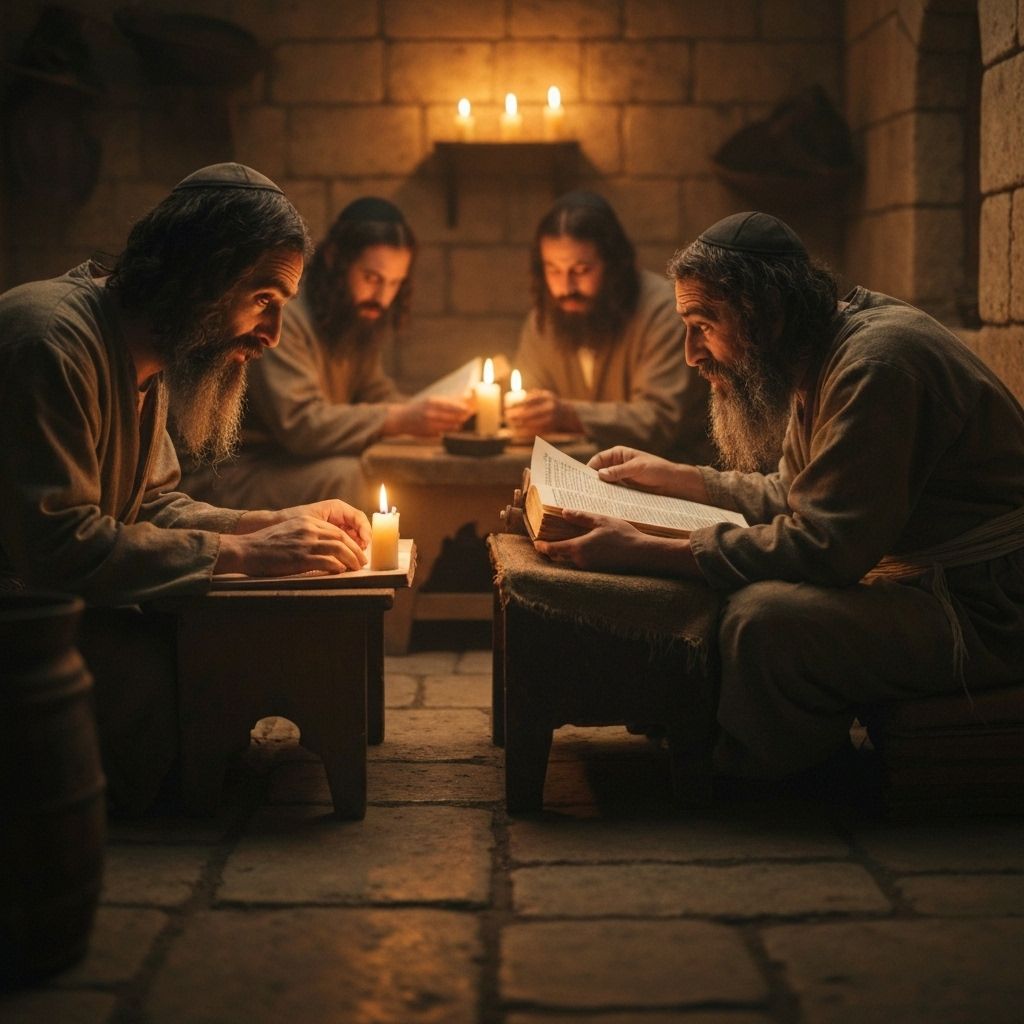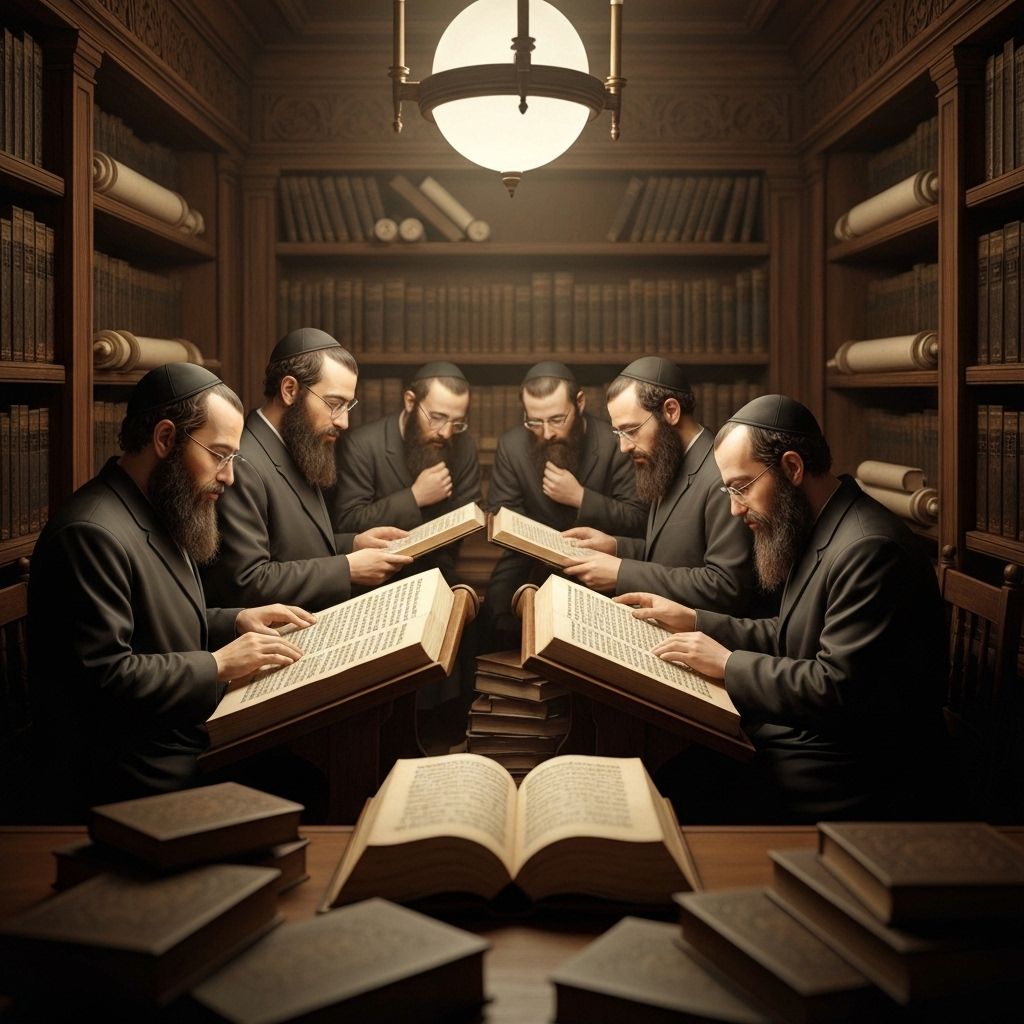3-Minute Summary
The Words of the Torah Explained with Help from Rashi and Ramban
Rashi (1040-1105) was a medieval French rabbi whose commentary on the Torah and Talmud is considered essential reading. His explanations focus on the plain meaning of the text and are known for their clarity and accessibility.
Ramban (1194-1270) was a Spanish rabbi, physician, and philosopher who provided deeper mystical and philosophical insights into the Torah, often building upon Rashi's work while adding his own profound interpretations.
The parsha begins with the purification ritual for the metzora (person with tzara'at), requiring two birds, cedar wood, scarlet wool, and hyssop. One bird is slaughtered and the other released, symbolizing the release of impurity and return to purity.
The priest performs a detailed cleansing ceremony involving sprinkling blood and oil, shaving the person's body, and ritual washing. This comprehensive process shows that purification requires both external actions and internal transformation.
The laws of house tzara'at establish that buildings can become ritually impure, requiring quarantine, examination, and specific purification rituals if the condition persists. This teaches that impurity can affect our environments and homes.
The parsha discusses zav (abnormal male discharge) and zavah (female discharges), establishing that bodily functions create temporary ritual impurity requiring purification through immersion and offerings. These laws recognize the natural human body while maintaining ritual boundaries.
The laws of niddah (menstrual impurity) create a seven-day separation period followed by immersion in a mikvah, establishing the foundation for taharat hamishpacha (family purity). This teaches that regular bodily cycles require ritual acknowledgment and purification.
The parsha concludes with the laws of childbirth impurity from the previous parsha, emphasizing that birth creates ritual impurity that requires offerings and immersion for purification. This connects physical creation with ritual requirements.
Throughout the parsha, the role of the priest is emphasized—he diagnoses, oversees rituals, and determines when purification is complete. This establishes that spiritual health requires professional guidance and cannot be self-administered.
The offerings required (lambs, flour, oil, birds) show that purification involves both monetary cost and sincere intention. The metzora must bring these offerings as expressions of gratitude for restoration to ritual purity.

